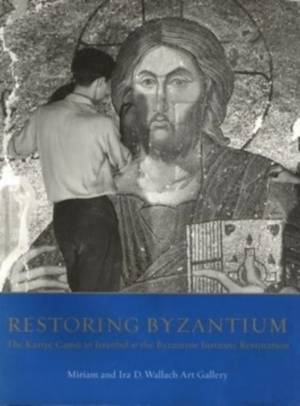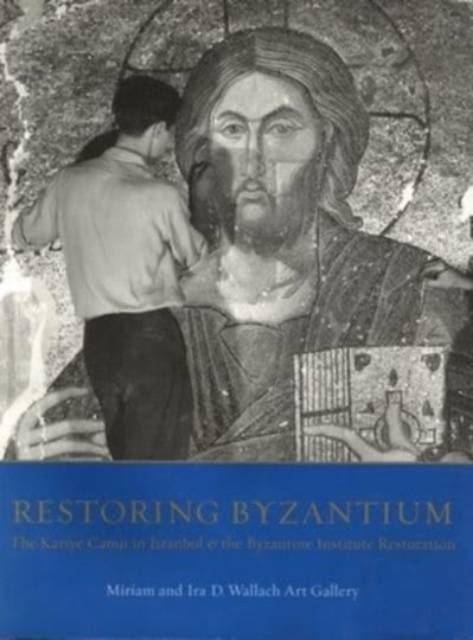
- Retrait gratuit dans votre magasin Club
- 7.000.000 titres dans notre catalogue
- Payer en toute sécurité
- Toujours un magasin près de chez vous
- Retrait gratuit dans votre magasin Club
- 7.000.000 titres dans notre catalogue
- Payer en toute sécurité
- Toujours un magasin près de chez vous
Restoring Byzantium
Dimiter Angelov, Eunice D Maguire, Francesca Dell'acqua, Natalia Teteriatnikov, Robert G Osterhout, Sarah T BrooksDescription
With the exception of Hagia Sophia, no Byzantine monument in the modern city of Istanbul can rival the former church of the monastery of the chora (Kariye Camii) in either the lavishness and splendor of its interior decoration, the upkeep of its grounds and garden, or, for that matter, the number of tourists from all over the world. Theodore Metochites, minister and subsequently prime minister of the Byzantine Empire, during a short period of cultural revival, undertook the rebuilding and renovation of the Kariye Camii. The greatest intellectual of his age, and thus knowledgeable and involved, he was wealthy and powerful and therefore in a position to assume the patronage of this church. Metochites early fourteenth-century rebuilding included the reconstruction of the naos dome; the pastophoria; the addition of a two-storied annex to the north, an inner and outer narthex to the west; and the parekklesion to the south.
The monastery was dedicated to the Virgin, as Theodore Metochites indicated in a long poem he wrote to the Virgin: "To thee I have dedicated this noble monastery, which is called by thy precious name of Chora." Located at the edge of Constantinople near the Land Wall of Emperor Theodosius, the Kariye Camii gained in importance due to its proximity to the main imperial residence at the Blachernae Palace (mostly ruined). In addition to its architectural significance, the Kariye Camii also preserves one of the finest and most extensive cycles of Later Byzantine mosaic and fresco decoration recounting the lives of the Virgin Mary and Christ.
This catalogue brings together scholars who have studied aspects of the Kariye Camii's art, architecture, and history. Their essays and the extensive section of plates are meant as an introduction to the monument, allowing the reader to explore further its Byzantine and later story as well as the multifaceted story of its scholarly rediscovery and restoration in the nineteenth and twentieth century.
Spécifications
Parties prenantes
- Auteur(s) :
- Editeur:
Contenu
- Nombre de pages :
- 150
- Langue:
- Anglais
Caractéristiques
- EAN:
- 9781884919152
- Date de parution :
- 14-04-04
- Format:
- Livre broché
- Format numérique:
- Trade paperback (VS)
- Dimensions :
- 224 mm x 302 mm
- Poids :
- 907 g







